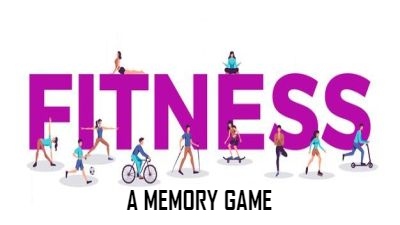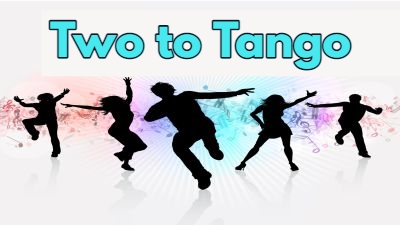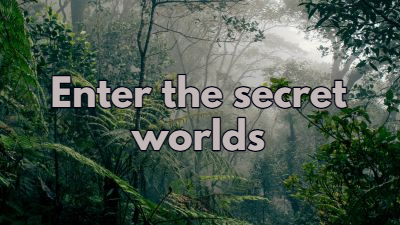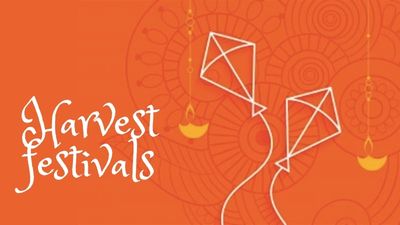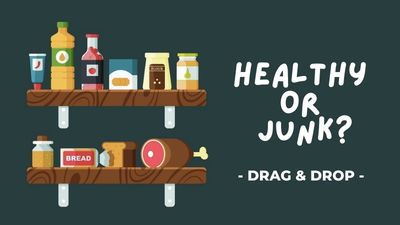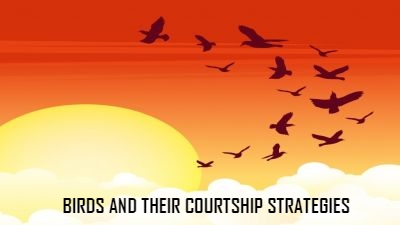Part #17: Hanuman learns how to build a bi-plane using craft sticks, a model similar to the one built by the Wright Brothers!
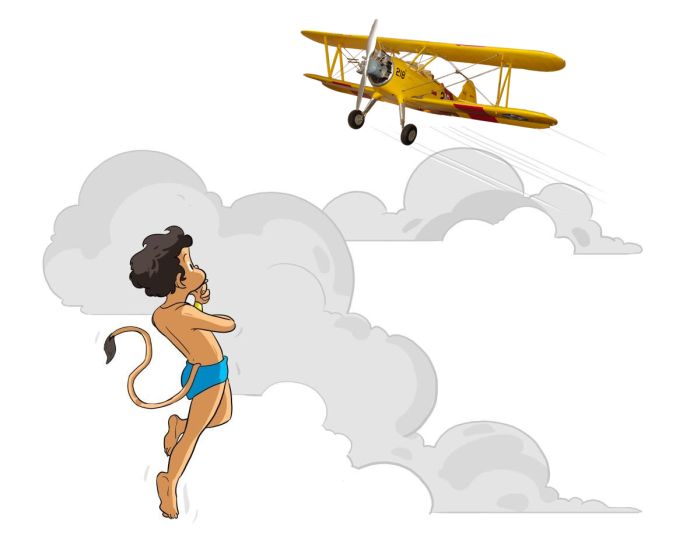
Hanuman and Nala are playing with the miniature rockets they made earlier.
Nala: Hanuman, did you know that it was believed that VTOL (Vertical Take-Off and Landing) machines that travelled straight up were a better mode of transport? But when it comes to efficient and safe travel, it has been proven that STOL (Short run Take-Off and Landing) machines that travel like birds and have a short runway to take off and land are the best.
Hanuman: Really? But why?
Nala: Taken an example from Kali Yuga. The balloon rocket we made were invented in 400 BC by Archytas and was called the ‘Wooden pigeon’. But, even after 2000 years, the technology has progressed very slowly due to the high-risk factors involved and the limited methods to test them.
Hanuman: Tell me, how did the modern-day planes come to be?
Nala: A scientist named Otto Lilienthal, who patented the gliders, ended up losing his life in a glider accident. The Wright brothers, who were big fans of Lilienthal, were sad to learn of his death. They resolved to build a successful flying machine and modified Lilienthal’s model. After seven years of hard work, they built a successful vimana: the “Kitty Hawk flyer”.
Hanuman: What was the modification they made in Lilienthal’s glider?
Nala: Lilienthal was unable to control the glider. And the Wright brothers found the solution in Nature.
Hanuman: How?
Nala: Have you noticed how birds fly? They use the tail to control their direction. The Wright Brothers implemented the same mechanism to build the first successful controllable glider and then added engines. It became an aeroplane!
Hanuman: Wow! That sounds so simple…
Nala: But, in reality, it was not as easy as it sounds. The Wright Brothers failed so often but they never gave up.
Hanuman: Sigh! I wish I could build something too…
Nala: Why not? We can build a plane too!
Hanuman: Are you serious? But how?
Nala: We can build a bi-plane using ice cream sticks and glue.
Hanuman: What is a bi-plane?
Nala: A plane with two main wings stacked one above the other. Just like the Wright Brothers’ first model.
Nala: Let’s build a static model this time. Next time, we will add the engine and the propeller to make it work.
The author is the founder and CEO of Vaayusastra Aerospace, an IIT-Madras incubated ed-tech start-up that offers Air Science workshops for children between five and 14 years.
